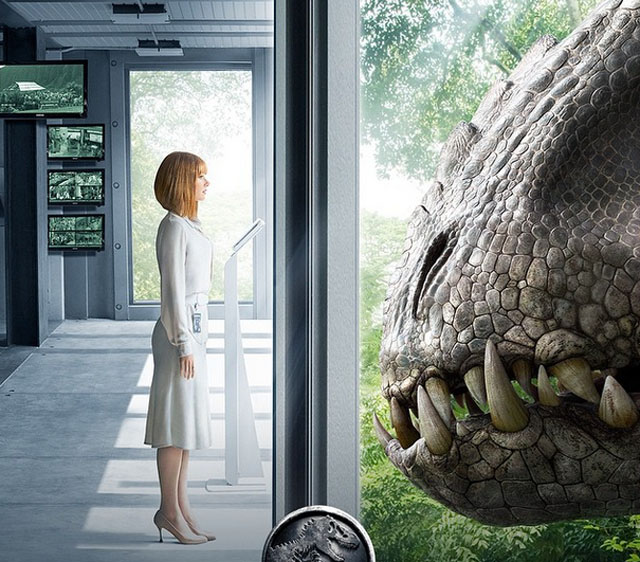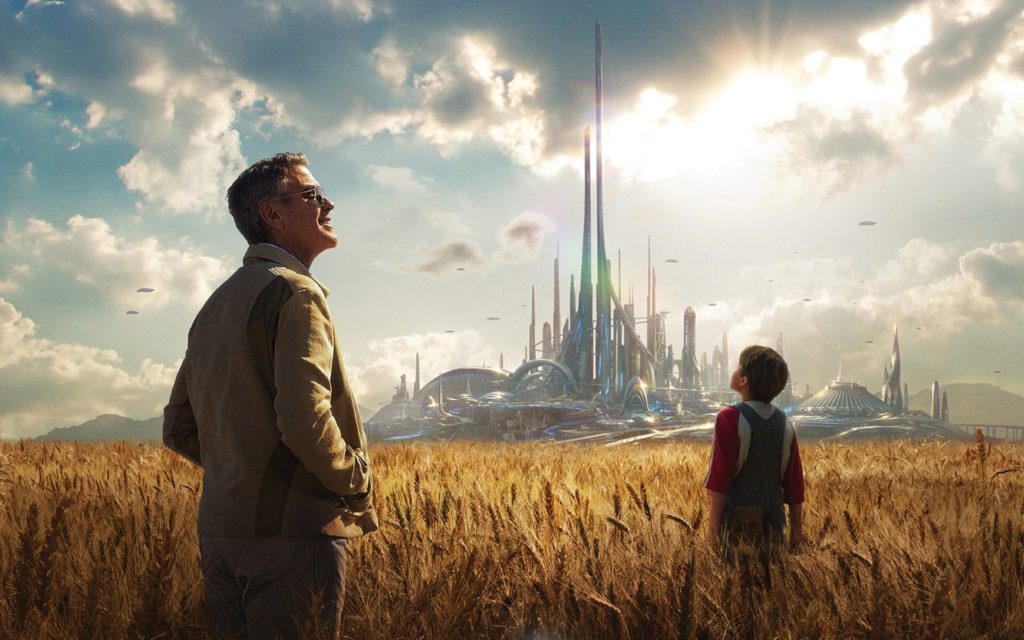TV series review
The Killing Season (2016)
TV-MA
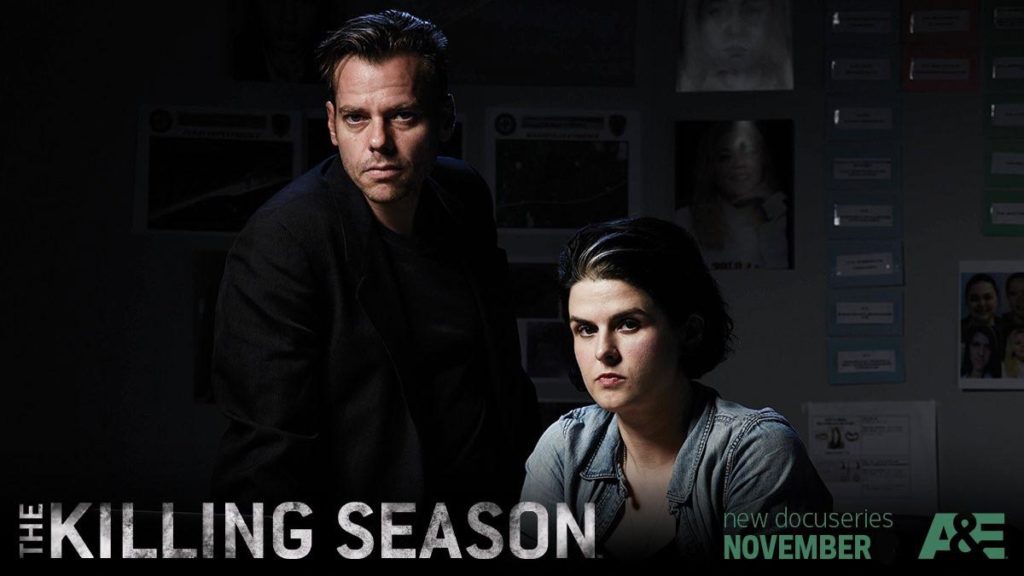
The most powerful moment in A&E’s eight-part docu-series, The Killing Season, arrives midpoint when documentarians Josh Zeman and Rachel Mills make the startling revelation that their dogged search for a serial killer of at least four prostitutes turns out to be the preverbal tip of the iceberg.
Up to this point we’ve joined them on whirlwind tours of crime scenes and talking-head recollections, punctuated by images of regional maps marked red at the spots where victims were discovere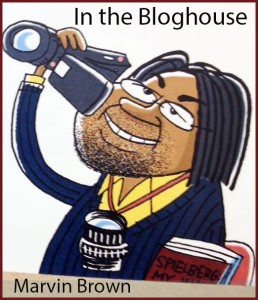 d. After journeying through at least seven states, countless police departments, harrowing locales, the intrepid duo connects with a Florida journalist whose work dovetails with the documentarians’ in the worst of ways. We cut to a map of the whole United States as it explodes with red markers denoting unsolved murders of hundreds of prostitutes/drug-addled women from what looks to be the work of hundreds of serial killers. Finally, a series that was careening from one serial-killer theory and conspiracy to another snaps into chilling focus.
d. After journeying through at least seven states, countless police departments, harrowing locales, the intrepid duo connects with a Florida journalist whose work dovetails with the documentarians’ in the worst of ways. We cut to a map of the whole United States as it explodes with red markers denoting unsolved murders of hundreds of prostitutes/drug-addled women from what looks to be the work of hundreds of serial killers. Finally, a series that was careening from one serial-killer theory and conspiracy to another snaps into chilling focus.
Executive produced by Alex Gibney and produced by Jigsaw Productions and Gigantic Pictures, the series arrives Nov. 12 at 9 p.m. ET on the A&E network. It’s like a student project that starts simply but increases victims, killers and theories exponentially, becoming instead a master’s thesis on the subject.
READ MY INTERVIEW WITH JOSH ZEMAN AND RACHEL MILLS
Things start off in typically disturbing yet familiar documentary fashion: Zeman and Mills’ workaday detailing of the history of the Long Island, New York, serial killer (LISK). Soon, the team is in a neighboring community, studying its victims, who have similar and conflicting links to LISK, suggesting two killers may be at work—and even at odds with each other. Next, we follow the team to Atlantic City, drawn there by similar victims and a killer with a similar MO. Then, prostitute killings in Daytona Beach, Florida, seem to be yet another link and/or distraction in this ever-sprawling case. Here the killer may be hidden amongst throngs of spring breakers. All of this sleuthing eventually leads to unnerving revelations of whole-sale slaughter of women spanning the country.
Zeman, like one of those bold reporters willing to go wherever the story takes him before asking whether it’s safe, seems to subsist on caffeine rather than sleep. He’s traversed the serial-killer terrain before in his co-helmed Cropsey, 2009. Mills, equally bold, is harder to read; she’d be a good poker player. She’s quick to follow a lead, to take a ride with a possible suspect, to share space in a trucker’s cab as he tells her she’s dressed to temp rapists; and yet here she is shedding tears speaking with a victim’s relative. The team, which includes at least a cameraman who follows them into every uncertainty, is persistent, whether whacking its way through overgrown fields, exploring decrepit junkyards, traversing lands occupied by disturbing campers, or flirting with an outlaw biker club.
The Killing Season is most effective, though, when meeting friends and family of victims. One such woman keeps ashes of the victim, her best friend, in a box at her feet. Gratuitous, yes, but who else mourns for this all-but-forgotten victim? Another victim’s daughter—seeking understanding and closure—is eager to join the team on an ominous journey to the occupied backwoods where her mom’s body was discovered.
The doc also intrigues with its look into and use of cyber-sleuthing, websites and blogs dedicated with varying degrees to sussing out facts, creating serial-killer profiles and propagating theories. Websleuths.com stands out as a one of the more-credible resources.
We learn that long-haul trucking is a job “perfectly suited for picking up a woman in one state and dumping her body in another.” We are told truck-stop prostitution is the “lowest rung” of prostitution, and we believe it. These women seem to be whispers and faded photographs in a cyclone of terror and bureaucracy, whose sad lives are teased out by the few who knew and loved them. Different theories, different obstacles, different cities—New York, New Jersey, Florida, Oklahoma, Cleveland—but the same creeping terror abounds.
Where we start, on Long Island with the discovery of four female bodies wrapped in burlap, allegedly the victims of a coast-surfing serial killer, to where we end up, Cleveland, following the destruction of hundreds of woman at the hands of two hundred serial killers is a wakeup call—to both our lack of interest in the sadly invisible mothers, sisters and daughters on the fringes of society, and the demons among us left uncheck to fester in the crevices of this nation.

| Marvin Brown’s Movie Review Archive



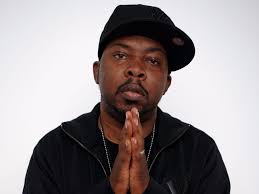
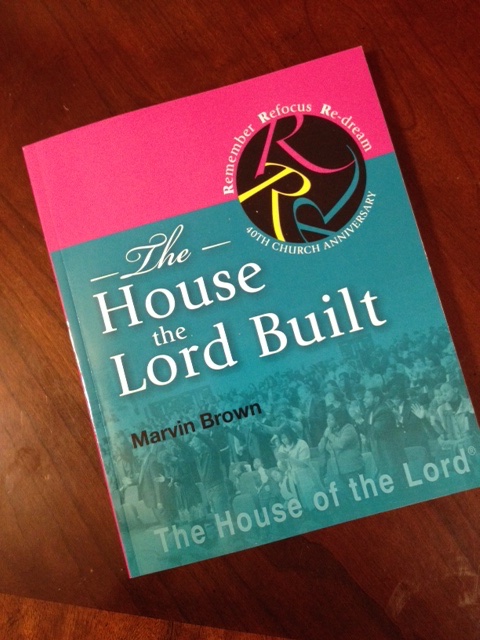
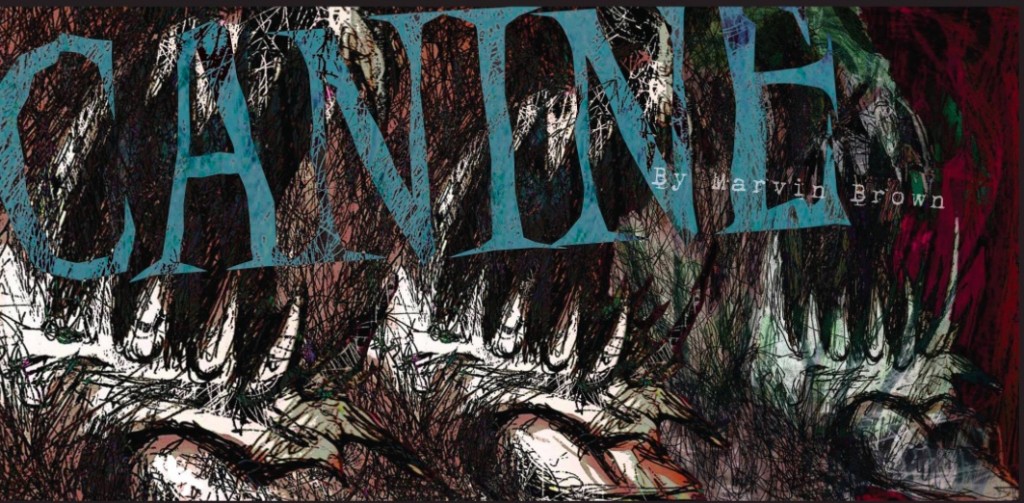
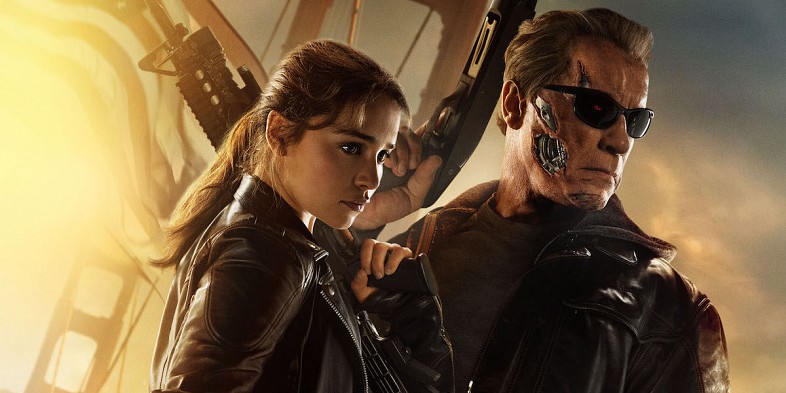
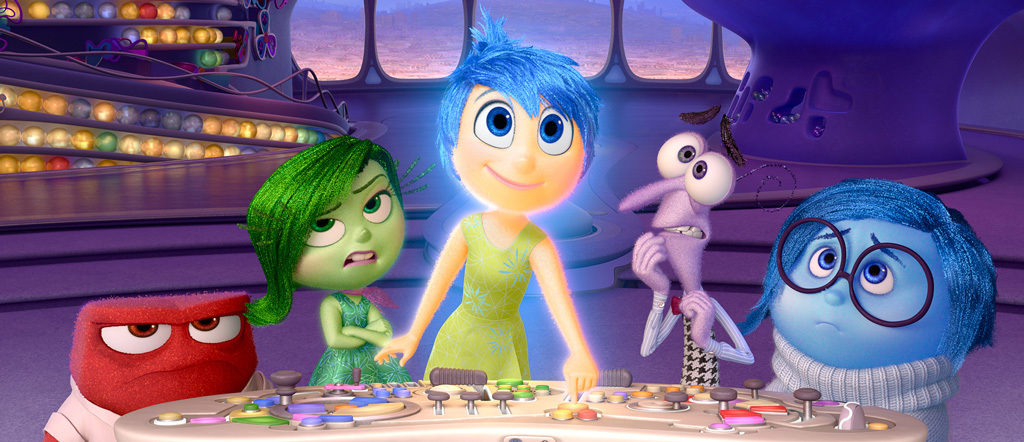
 By now you’ve seen the previews, right? You’ve been introduced to Riley, the 11-year-old girl whose emotions are personified by cutely rendered and directly named creations: Joy (Amy Poehler), Sadness (Phyllis Smith), Disgust (Mindy Kaling), Anger (Lewis Black) and Fear (Bill Hader). These beings stand around a console in the middle of Riley’s mind and take turns guiding her through her days. In an inventive system, the team captures Riley’s emotions in glowing spheres, which are organized according to importance and shipped off, via vacuum tubes and trains, to be stored until they are reused, forgotten or discarded.
By now you’ve seen the previews, right? You’ve been introduced to Riley, the 11-year-old girl whose emotions are personified by cutely rendered and directly named creations: Joy (Amy Poehler), Sadness (Phyllis Smith), Disgust (Mindy Kaling), Anger (Lewis Black) and Fear (Bill Hader). These beings stand around a console in the middle of Riley’s mind and take turns guiding her through her days. In an inventive system, the team captures Riley’s emotions in glowing spheres, which are organized according to importance and shipped off, via vacuum tubes and trains, to be stored until they are reused, forgotten or discarded.